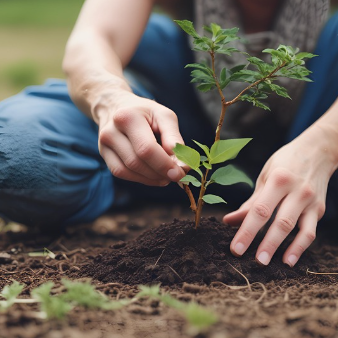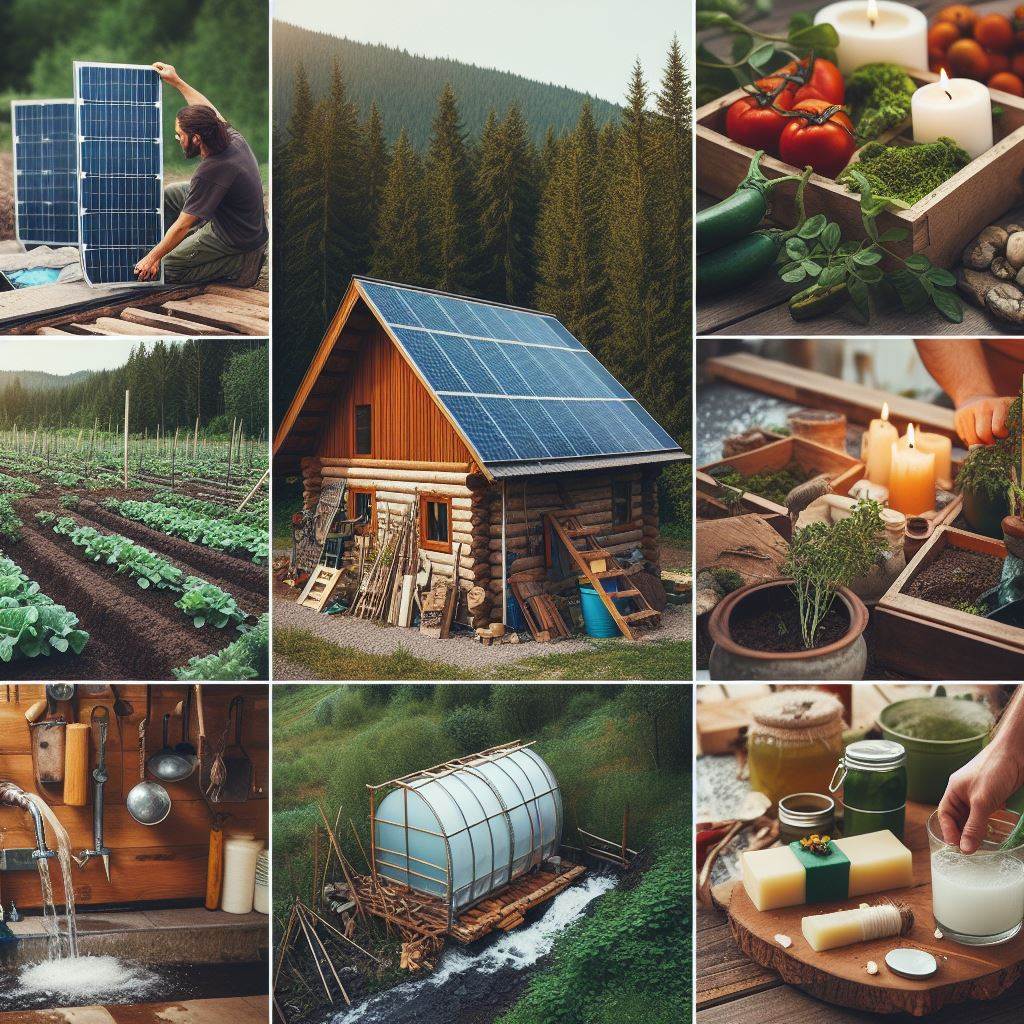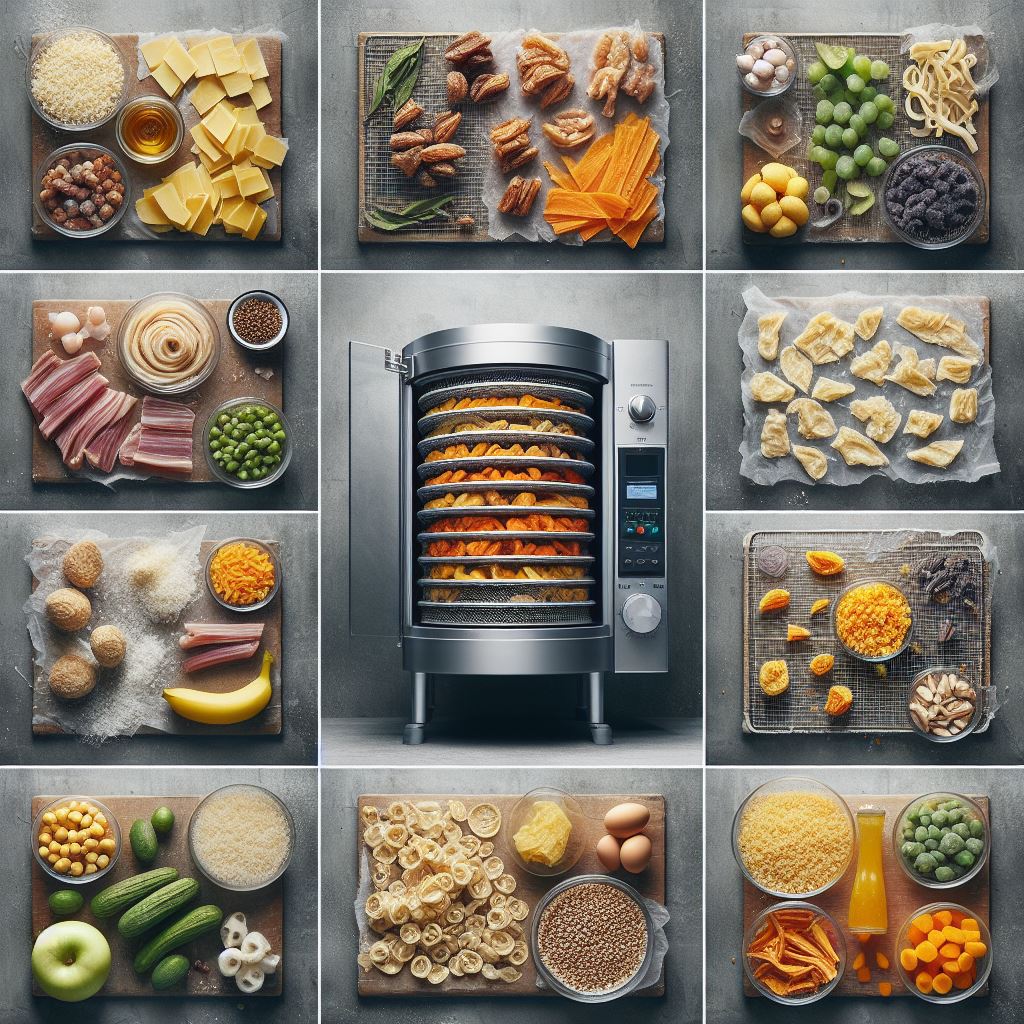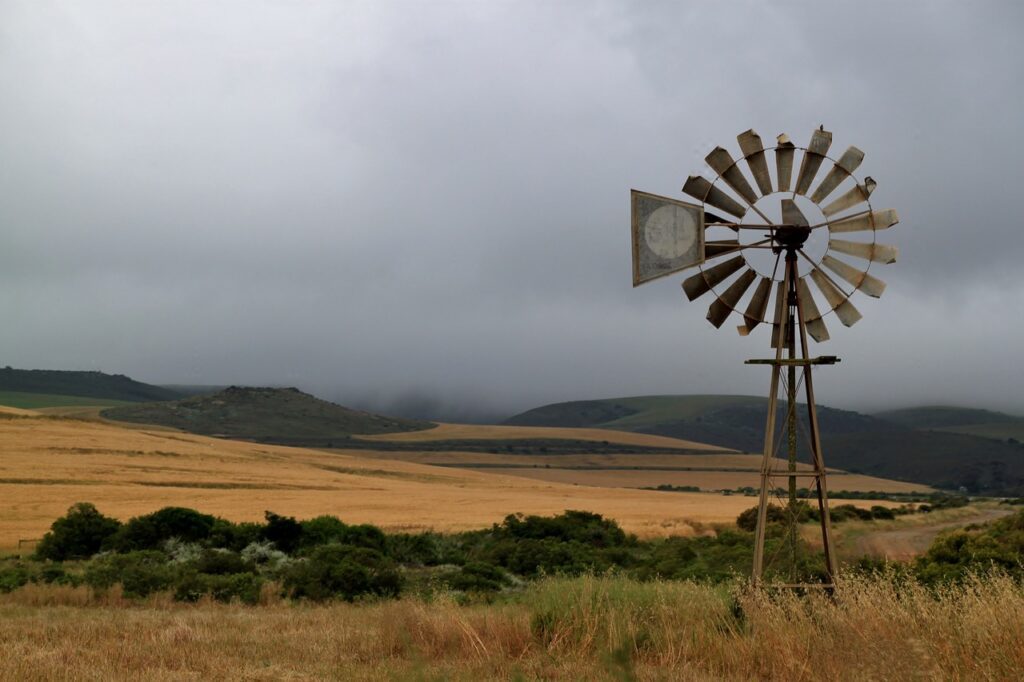How to Grow New Trees from Branches: A Comprehensive Guide for Off-Grid Living
Introduction Living off the grid is a lifestyle choice that is gaining popularity. One of the key aspects of this lifestyle is self-sustainability, and what better way to achieve this than by growing your own fruit trees? In this guide, we will walk you through the process of growing new trees from branches of old ones, a method known as propagation. This is a cost-effective and rewarding way to expand your home orchard. What is Propagation? Propagation is a horticultural practice that involves creating new plants from existing ones. There are several methods of propagation, including seeds, bulbs, and cuttings. In this guide, we will focus on propagation by cuttings, which involves growing a new tree from a piece of an existing tree. This method is particularly useful for fruit trees, as it ensures that the new tree will produce the same quality of fruit as the parent tree. Why Propagate? There are several reasons why you might want to propagate your trees: Materials Needed Before we begin, gather the following materials: Step-by-Step Guide Step 1: Select the Right Branch The first step in this process is selecting the right branch from your existing tree. This branch, known as a cutting, should be healthy and disease-free. It’s best to take cuttings from a tree that’s dormant, typically in late winter or early spring. The cutting should be from last year’s growth and should be about the thickness of a pencil. Step 2: Cut the Branch Using your pruning shears, make a clean cut on the branch. The cutting should be about 10-12 inches long. Make sure to make a straight cut at the bottom and an angled cut at the top to remember which end is which. Step 3: Prepare the Cutting Remove the leaves from the lower half of the cutting. If there are flowers or fruit, remove them as well. This encourages the cutting to focus its energy on root development. Step 4: Apply Rooting Hormone Dip the bottom end of the cutting in rooting hormone. This step is not mandatory, but it significantly improves the chances of successful rooting. Step 5: Plant the Cutting Fill your container with potting soil. Make a hole in the soil with your finger, then place the cutting in the hole. The soil should cover the lower half of the cutting. Step 6: Care for the Cutting Water the cutting thoroughly and place it in a location with indirect sunlight. The soil should remain moist, but not waterlogged. Step 7: Wait for Root Development This is the hardest part – waiting. It can take several weeks to a few months for roots to develop. During this time, keep the soil moist and ensure the cutting is in a warm environment. Step 8: Transplant the Cutting Once the cutting has developed a robust root system, it can be transplanted to a larger pot or directly in the ground, depending on the season and your climate. Conclusion Propagation is a rewarding process that can yield a bountiful harvest in the years to come. It’s an excellent method for off-grid living, allowing you to expand your orchard without the need for buying new trees. With patience and care, you can cultivate a diverse, self-sustaining food source right in your backyard. Remember, nature works at its own pace, so don’t be discouraged if your first few attempts don’t succeed. Keep trying, learn from any mistakes, and soon you’ll have a thriving orchard of your own.
How to Grow New Trees from Branches: A Comprehensive Guide for Off-Grid Living Read More »










